Choosing The Right Air Plant Terrarium
If you’re looking for an easy way to add life to your home we are partial to the stylish option of an air plant. One of the best things about air plants is that their versatility allows them to be used to decorate in many ways within your home. They look great displayed alongside rustic driftwood but also work well with clean, simple lines if your personal style leans more toward modern.
Likewise, there are many different routes you can go if you want to display your air plant in a terrarium. Terrariums create a sort of mini-ecosystem and can allow you to create a whole little world for your air plant.
Air plant terrariums come in many shapes and sizes, just like your air plants! Some are simple with maybe one or two air plants, while others are more complex, with a miniature ecosystem nestled inside.
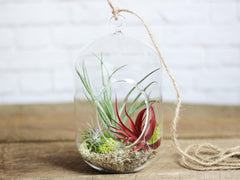

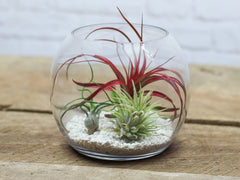
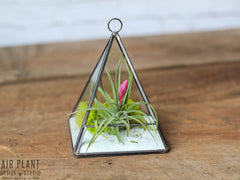
Choosing the right Air Plant Terrarium:
First, select your terrarium vessel: glass globes that either hang or sit, mason jars, wide glass bowls, glass pitchers, and metal framed geometric terrariums. The most importan factors to keep in mind when selecting the vessel for you terrarium are:
- Air flow: make sure you vessel allows the plants to get plenty of air circulation (we don't recommend fully closed containers).
- Light: you want to make sure that your terrarium doesn't restrict the amount of light that your air plants receive. This is why glass is a great choice - but you can also use an opaque vessel as long as there is a large enough opening that the air plants are not housed in shadow.
When choosing a terrarium, think about where the best light is in your home so you know where you're going to display it. Is it hanging or sitting on a windowsill? Think about your design aesthetic and what plants you are going to choose for your terrarium. The opening on the terrarium will help determine what plants will be able to fit and remember that air plants, like all plants, will grow over time.
Also, when considering where to place your terrarium, consider the specific needs or your air plants. While most prefer indirect sunlight, there are some varieties that will want more light. (Not sure what yours prefer? Read more on mesic vs xeric air plants.)
Need some ideas for decorating around the home? If you crave variety you can create a mixed terrarium with succulents and air plants of varying textures. Just make sure that your air plant does not get planted in soil or sit in moisture as this can cause rot. Some people like a more whimsical terrarium and may add miniature people, cars, or dinosaurs alongside their plants. Make a beach themed terrarium with a little sand, moss, some shells from your family’s vacation and maybe a caput medusae air plant.
Change out your terrarium fillers to match the changing seasons. Find natural elements to create beautiful seasonal arrangements that you can enjoy throughout the year. In Fall, add some bright orange moss, or some pinecones to your terrarium. For Winter, 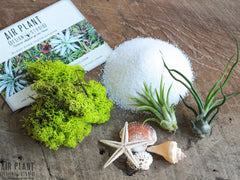 keep the pinecones, and change the moss to a festive red. In Springtime or Summer, add some green moss and preserved flowers like craspedia (commonly known as billy balls) to your terrarium. Or accent your terrarium with dainty fairy lights. Make sure the wire for your fairy lights is not copper as this is toxic to air plants.
keep the pinecones, and change the moss to a festive red. In Springtime or Summer, add some green moss and preserved flowers like craspedia (commonly known as billy balls) to your terrarium. Or accent your terrarium with dainty fairy lights. Make sure the wire for your fairy lights is not copper as this is toxic to air plants.
For a more minimalist take on a terrarium, simply place a small xerographica or other air plant in a globe or bowl by itself. Or place a few air plants inside of a metal framed geometric terrarium and hang it in your home. You can also display a terrarium on your coffee table, or perhaps hanging in a group in your living room.
Caring for air plants in a terrarium:
In addition to ensuring that your plants get plenty of light and air circulation, water is a key consideration when caring for your air plants and displaying them in a terrarium. Make sure when watering to take your plants out of your terrarium and let them dry completely before putting them back inside. You never want your plants to be sitting in or holding moisture as this can cause the plants to rot. So instead of using living moss that tends to be damp, you might use preserved moss. Any gravel, rocks, or sand in your terrarium should also be fully dry before adding plants.


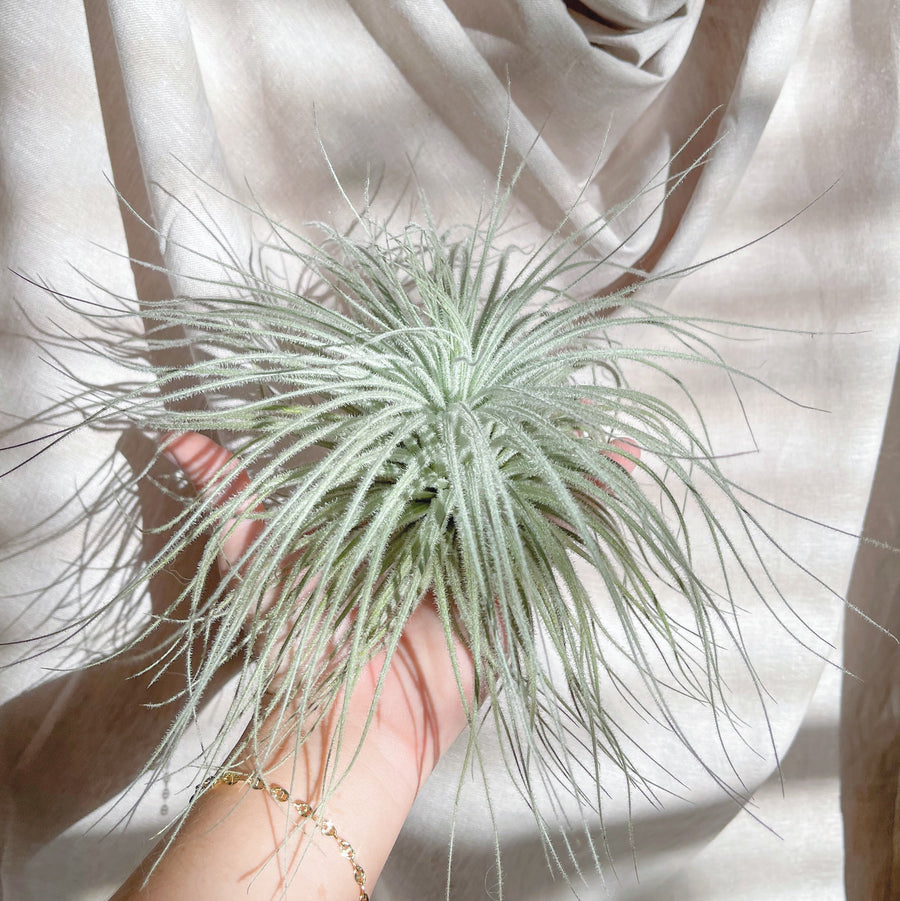
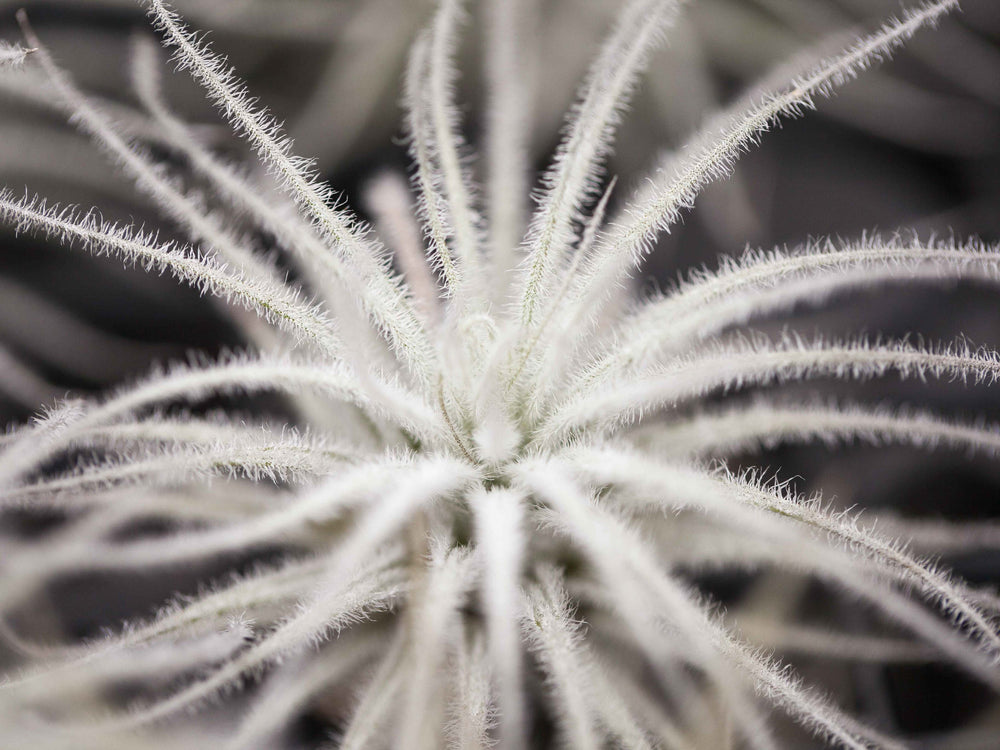
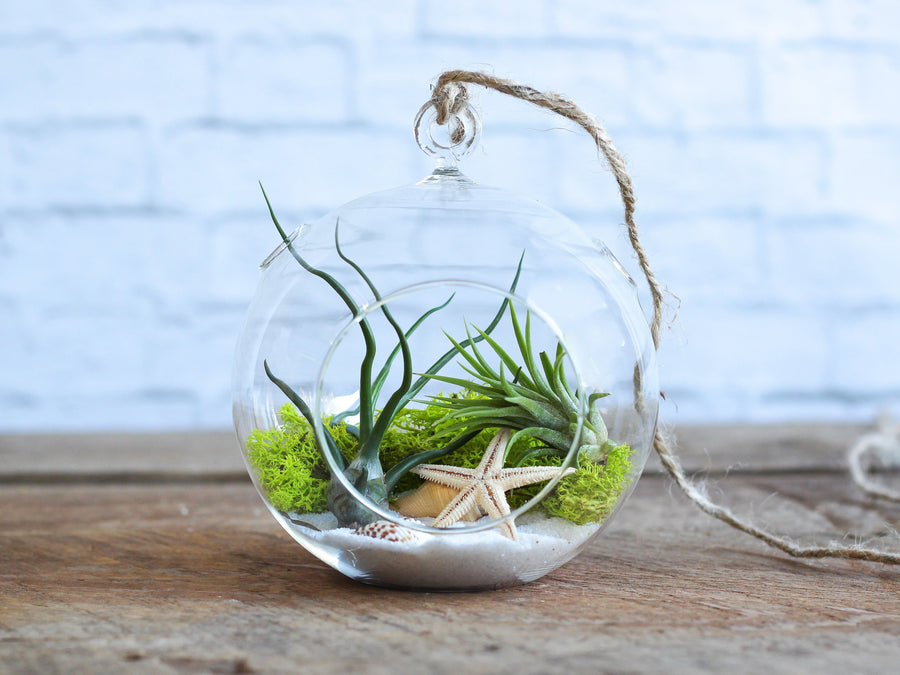
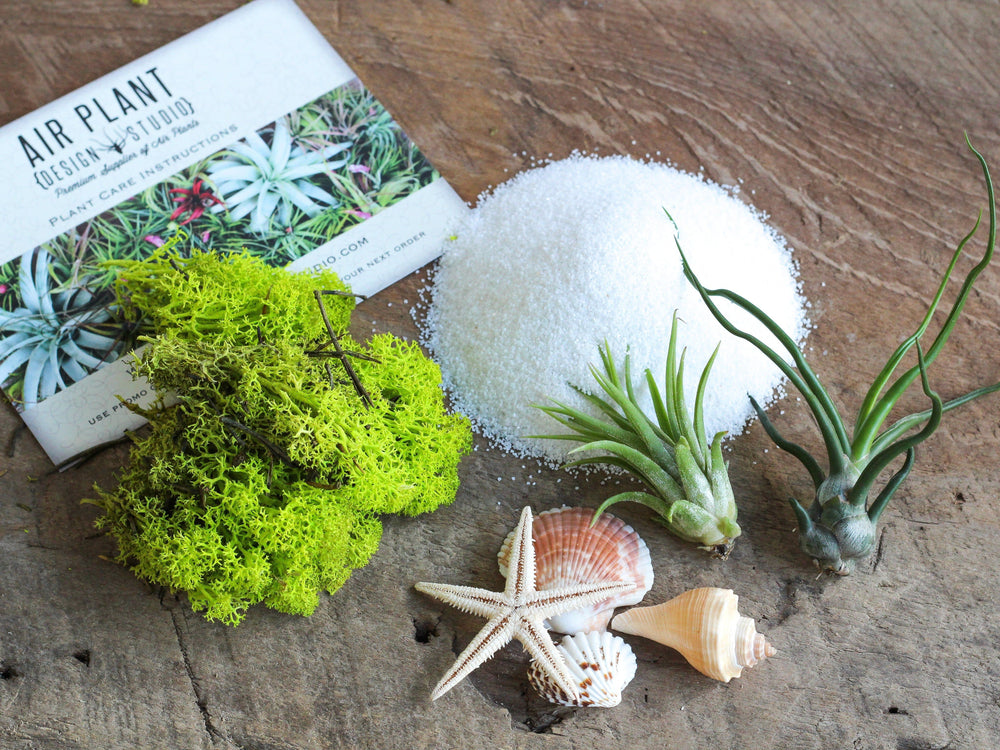
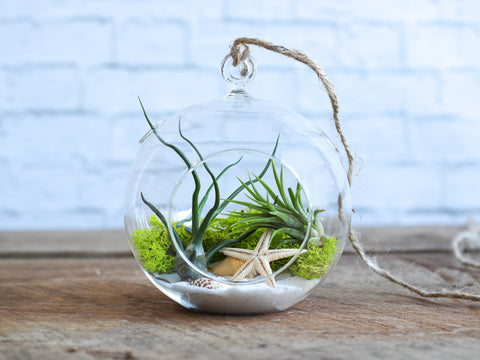
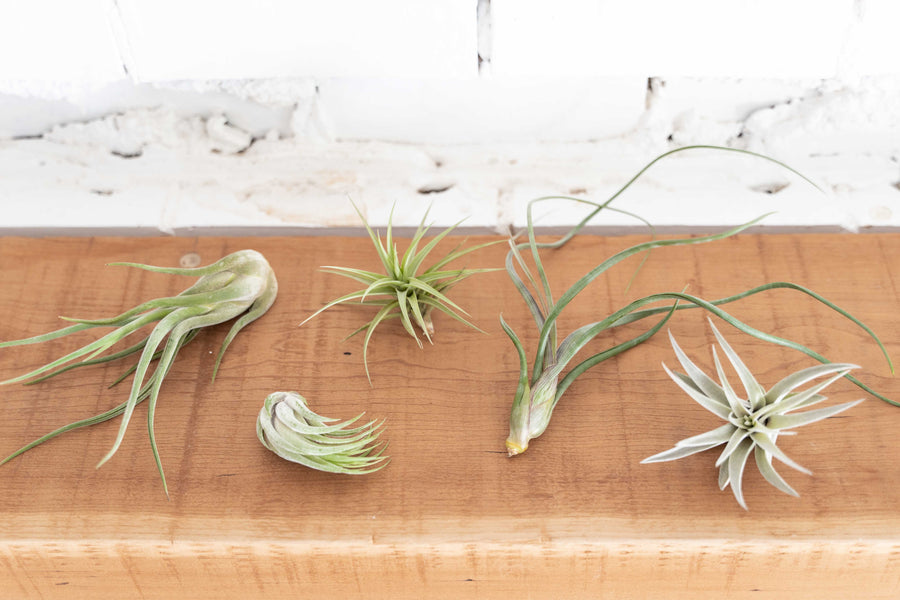
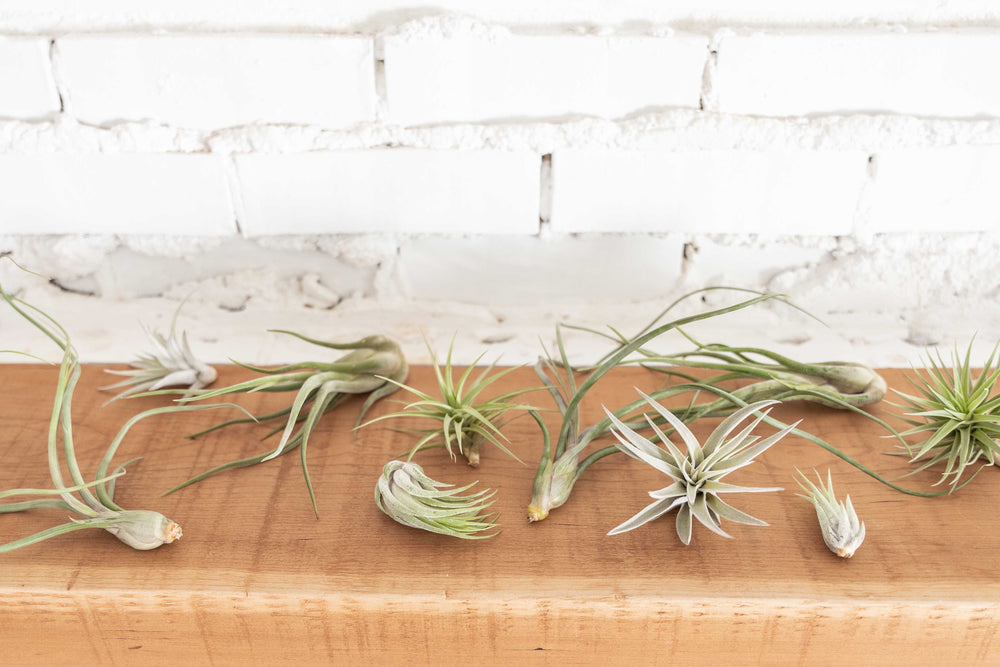
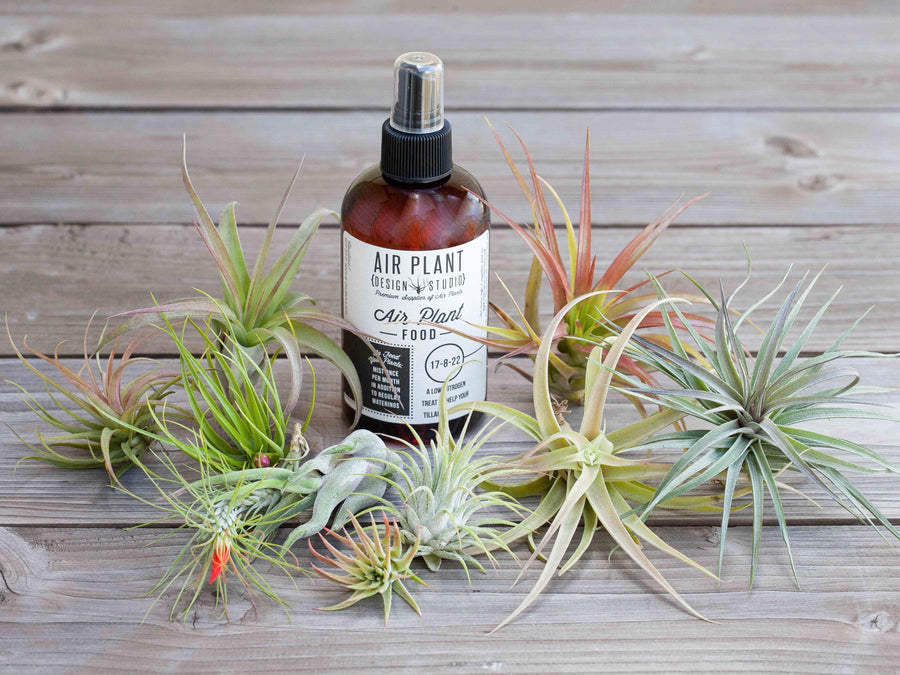
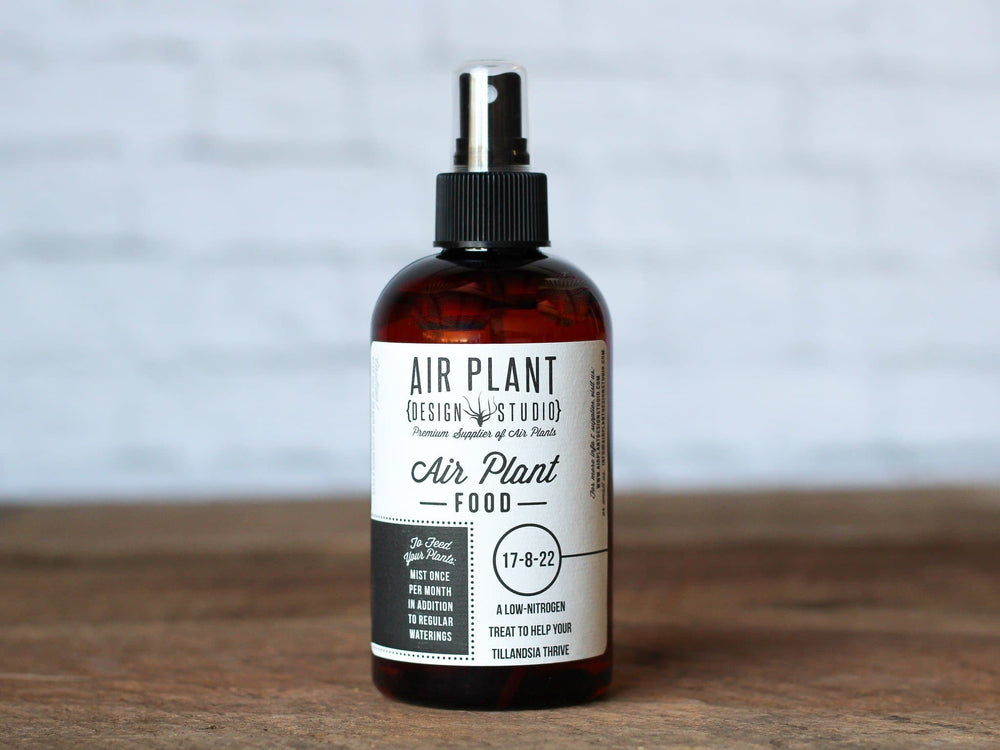
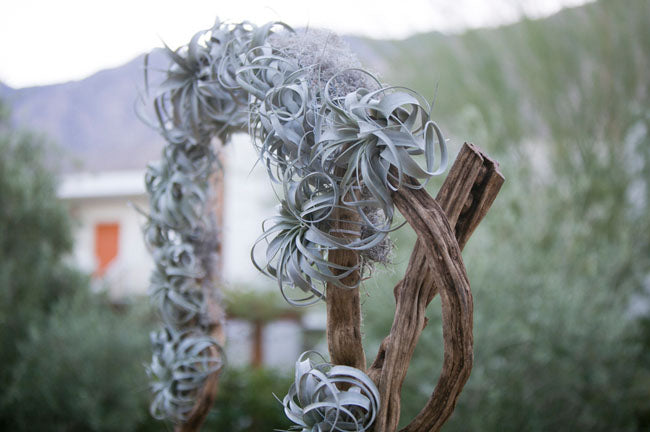
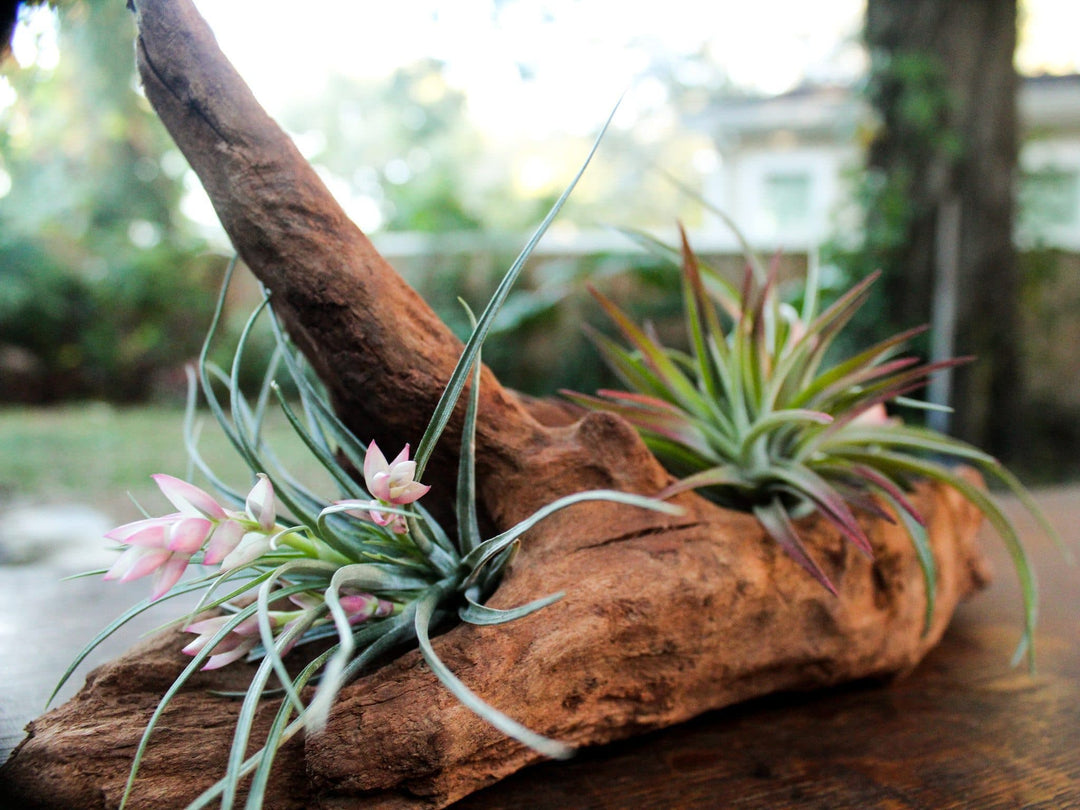
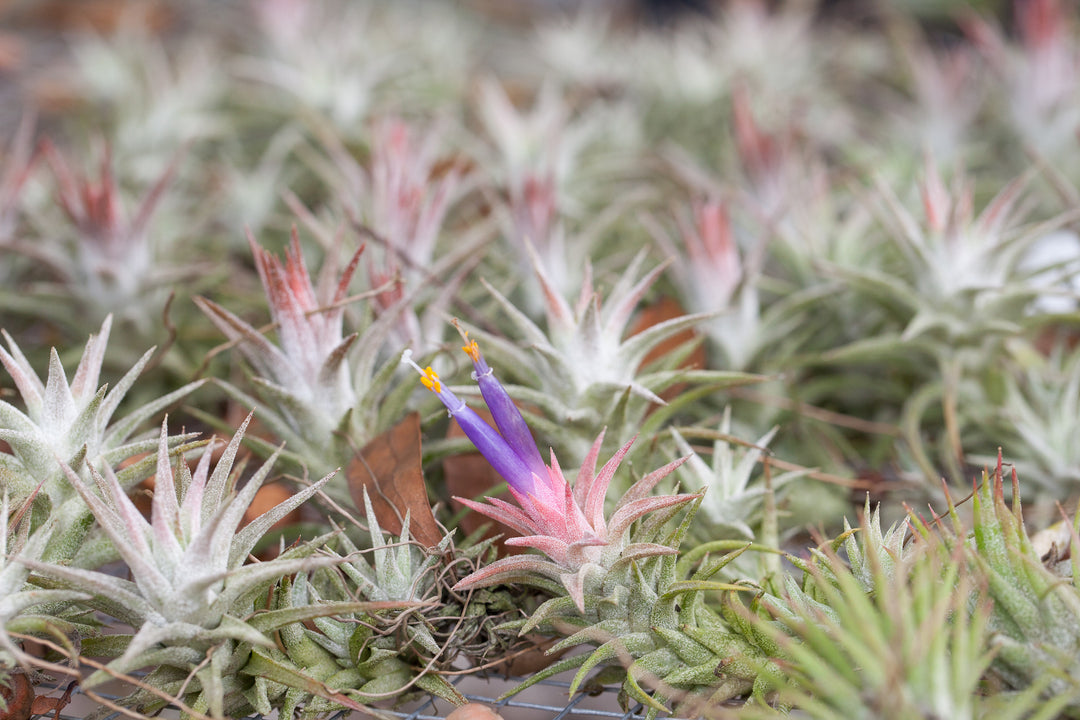
I am loving your website. I don’t know if this is good enough to be approved as I have been posting for ages and none have come up yet. But how does one go about securing the plant in the jar or other suitable glass container?
Leave a comment